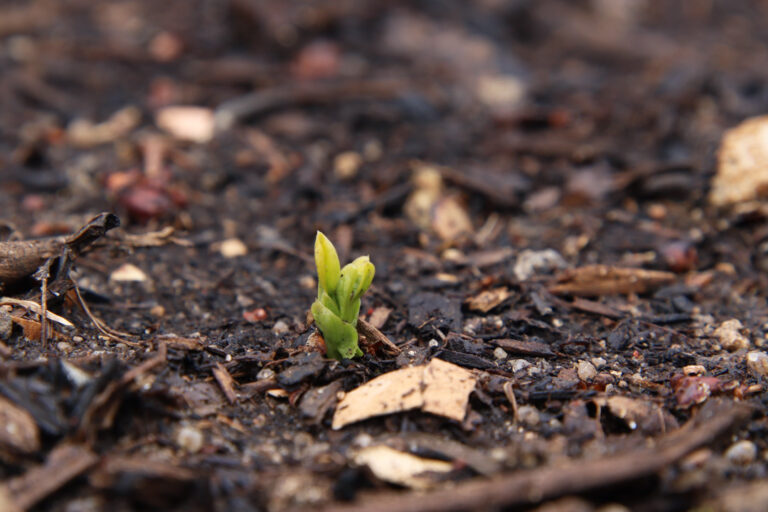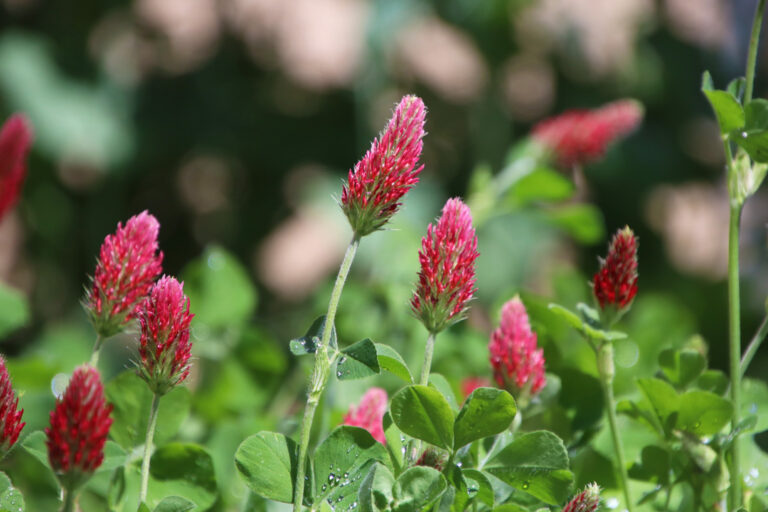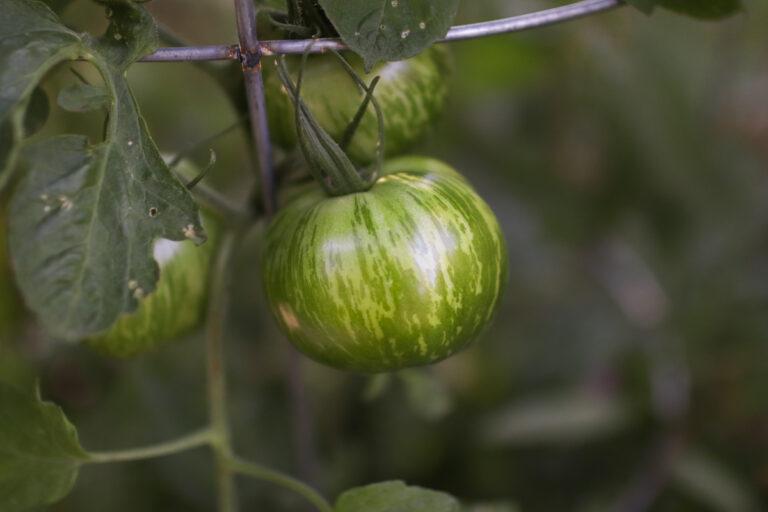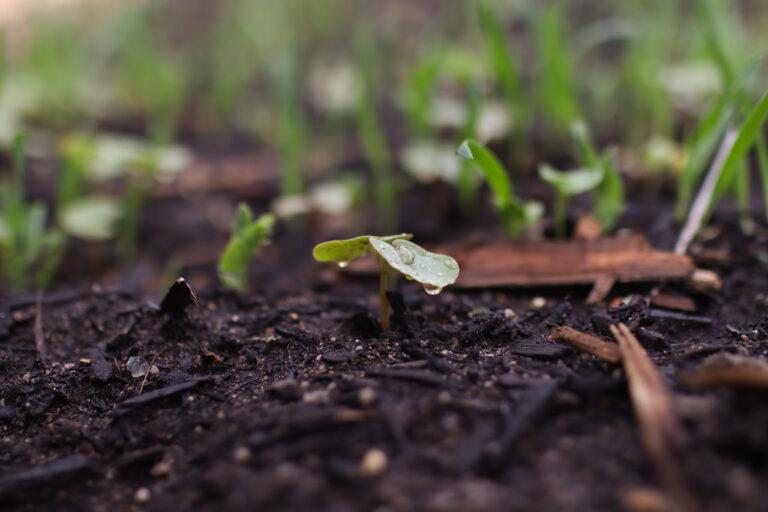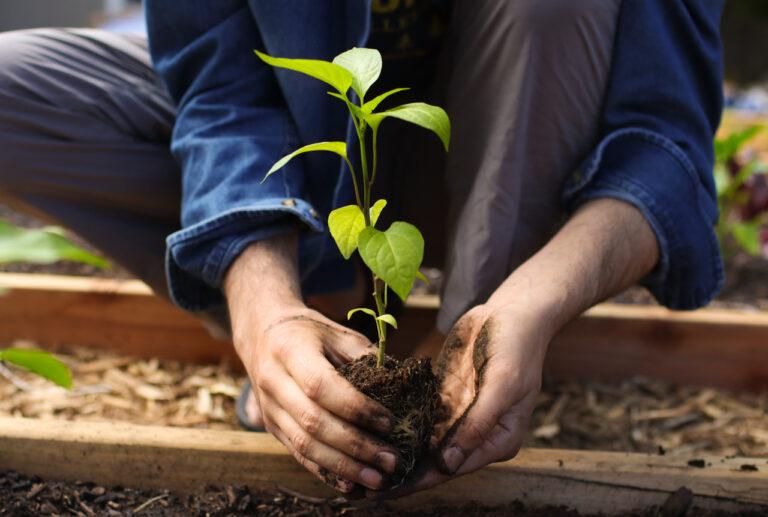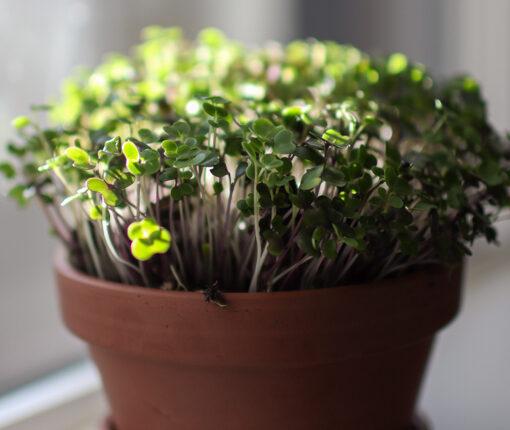Free Printable Garden Planner for Your Best Garden Yet
Download a free printable garden planner to save loads of time and energy and have your best garden ever!
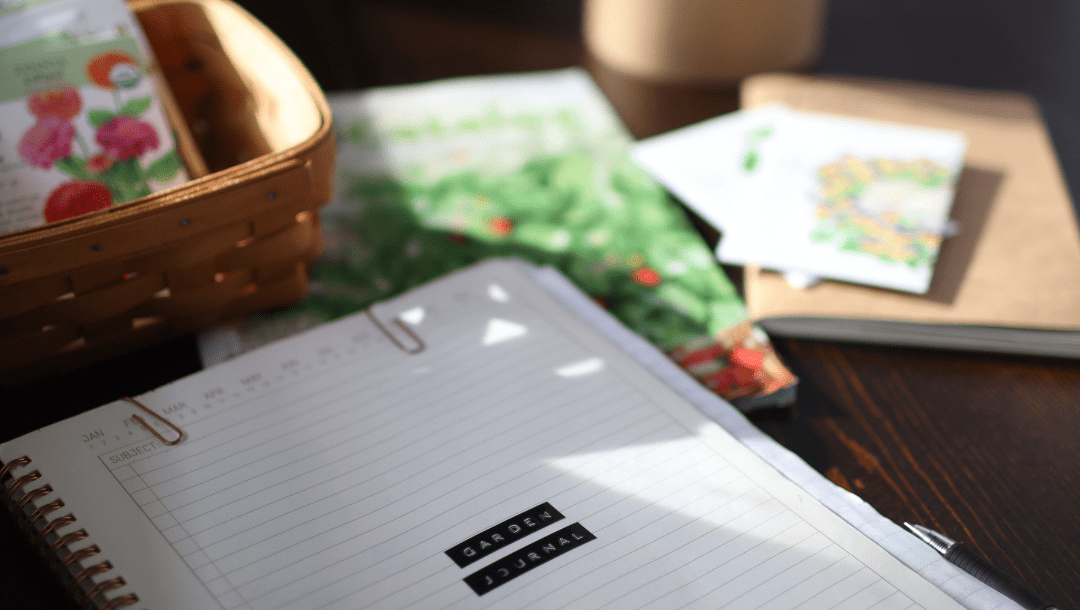
If you’re like me, you may find planning out your garden a daunting task. There is a lot of information to track as you plan out what you’ll grow, how you’ll grow it, and when it needs to be planted.
I created this garden planner to make it simple and easy!
This beautiful 19-page garden planner will guide you through every step of planning a garden. It includes everything from tracking what you’re going to plant to scheduling out your seed starting to creating a shopping list for the season.
Please note: this printable garden planner is for personal use and single classroom use only.

How to Plan Your Garden Using This Planner
Whether you’re a beginner gardener or you’ve been at it a while, planning is a critical step to start your garden season right.
The first time I planned my garden, I remember being intensely overwhelmed. There are a lot of moving parts and little details to keep track of and getting the timing right is particularly daunting.
Using a garden planner is a great way to keep track of things and make sure you have the best results for an enjoyable garden experience!
Garden planners lay out all of the information you need to figure out before heading into your garden season. They act as a fill-in-the-blank guide to take some of the brainwork off of you.
I use the planner for my own garden and it helps so much to collect my thoughts and keep all of the seed starting and transplanting straight.
This free tool guides you through each step while still leaving it open-ended enough to be suitable for every person’s situation!
The steps that this free printable planner guides you through are:
- Setting goals for your garden
- Planning what you will grow
- Determining which plants will be sown directly, which will be started indoors, and which will be purchased through a nursery
- Creating a schedule for seeding and transplanting
- Laying out a week-by-week to-do list
- Mapping out your garden
- Making a seed inventory and shopping list

Printing Your Garden Planner
Your free garden planner comes in a pdf file for you to print out and use as you plan out your garden.
I recommend getting your planner bound at a print shop or putting it in a 3-ring binder. You can either hole-punch the pages or put them in heavy-duty page protectors. You will be referring to your garden planner a lot throughout the spring and summer, so you want the pages to be easily accessible.
One way to have your garden planner handy is to put it into a garden binder with your garden journal pages, catalogs, and any other paper resources you have for gardening. This way you have everything you need to keep track of your garden all in one place!
If you need more copies of a single page or you don’t find one of the planner pages useful, you can customize it by printing exactly what you want. This garden planner is meant to be a useful tool for you, so make it your own.
Determine Your Hardiness Zone
The first step in planning any garden is knowing when your average last frost date is. The last frost date refers to the average date on which the temperature drops below freezing for the last time in the spring.
One or two weeks after the last frost date (granted that there haven’t been unexpected cold snaps), you can plant frost-sensitive plants with reasonable certainty that they will not be damaged by cold temperatures.
To determine your last frost date, you will want to determine your USDA hardiness zone. Hardiness zones are set based on your average minimum temperature for the year (how cold it gets in the winter).
You can find out which hardiness zone you are in by going to this link and plugging in your zip code.
Set Goals For Your Garden
Goal setting is important in many aspects of life and the garden is no exception. Setting goals before the season begins gives you direction and achieving goals leads to a greater sense of satisfaction and accomplishment.
The goal-setting planner page will walk you through a few different goals that I like to set each year in terms of my garden. Your goals can be as big or as small as you’d like; all reasonable goals are beneficial!
I have a whole blog post about goal setting for your garden if you’d like to learn more. You can find that post here.

Decide What You Will Grow
Now that the groundwork is laid, it’s time to decide what you will grow. Your planner offers four pages for these lists: one for vegetables, one for herbs, one for flowers, and one for perennials.
Because perennials come back year after year, I like to take note of any new perennials I’ll be adding to my garden. Fruit bushes, trees, shrubs, flowers, and more that will be permanent installments in my yard need to be noted so I know (1) that I need to buy or grow them and (2) that I need to plan out where they’ll go, when they’ll be planted, etc.
In this section, write down the quantities of each plant you want to grow. You need to know how many plants to grow or purchase, so it’s important to know how many of each you’d like to grow.
Determine How You Will Grow Each Plant
There are three ways to grow garden plants:
- Starting seeds indoors: This is a practice gardeners will do to give their plants a head start by growing them indoors before the outside temperatures are warm enough for them. By the time it is warm enough, your plants have already been growing for several weeks and can be transplanted as seedlings.
- Direct sow: This means planting your seeds directly into the ground, raised bed, or pot in which they will be growing all season long.
- Buying seedlings: This is a great alternative to starting your own seeds indoors. It is more costly, but you get the benefits of indoor seed starting without spending the time and energy growing them yourself.
Most gardeners utilize a combination of all three of these methods.
Some types of garden plants need to be started indoors or bought as seedlings because they are frost-sensitive and need a long growing season. Tomatoes, for instance, must be started indoors in my growing zone. If I direct sowed them, I would not likely see any tomatoes because the time between last spring frost and first fall frost is shorter than the tomatoes need to really produce.
Other plants grow best when they are direct-sown because their roots are sensitive to transplanting.
Check your seed packets before determining which plants you will start indoors and which you will direct sow. Most seed packets will tell you which method is best for those particular seeds.

Fill in Your Garden Schedule
For gardeners, spring is a crazy time of year.
If you are both direct sowing seeds and planting seedlings, there is a lot to keep track of: when to start seeds indoors, when to plant those seedlings, when to direct sow, and when to do a succession planting.
There are several pages in the planner that will help you to lay out your planting schedule and avoid missing anything. These pages help you to:
- Track the planting dates of indoor-sown seeds
- Track the planting dates of direct-sown seeds
- Track the planting dates of seedlings being planted in the garden
- Make a schedule of weekly garden tasks
- Plan succession sowing for plants, when applicable
When you are finished, you will have a detailed plan and you’ll know exactly what needs to be done each week!
Map Out Your Garden
Now that you know what you want to grow and the quantities, it’s time to figure out where everything will go in your garden beds. Use the garden map page in your planner to sketch out your garden layout and draw in where each plant will be growing.
Planning the layout in advance prevents overwhelm during planting, ensures you don’t grow or buy too many plants for your space, and allows you to be thoughtful about companion planting, crop rotation, and spacing.
Create a Seed Inventory
One of the final steps is to record all of the seeds you have on hand and their rough quantities to make shopping easier. I have had many instances where I had to go digging through my seed box to decide if I needed to purchase something. The seed inventory gets everything down in one place for your convenience.
Having a working seed inventory is also a good way to prevent overbuying seeds and save you time in the garden planning process.
This post contains affiliate links. If you make a purchase through the links, I will earn a small commission at no cost to you. As an Amazon Associate, I earn from qualifying purchases. Read my full disclosure here.

Buy Seeds
One of your planner pages will include a convenient “shopping list” to fill out as you notice seeds you are lacking during the inventory audit. This list can also include other gardening essentials your need such as new tools, tomato cages, twine, bagged compost, gardening books, mulch, and more.
Buying seeds early is definitely encouraged as many garden seed companies sell out in the spring. Because seeds are not quick to produce, you may not be able to purchase exactly what you want until the next fall.
If you sign up online, most seed companies will mail you their seed catalogs free of charge early in the season. It’s exciting to pore over the catalogs as you plan what you want to grow and the catalogs serve as a reminder to stock up. Some of my favorite seed companies are:
Take Notes
Finally, you’ll find a page in your planner titled “notes.” This page is for anything you need to remember! You can write down a to-do list, tidbits you want to remember, or whatever you think you need to have on paper.
Start Planting
Now that you have your garden all planned out, you can get started planting! I hope this simple garden planner is a helpful planning tool for you to get started growing your own food and have your most successful harvest yet!


